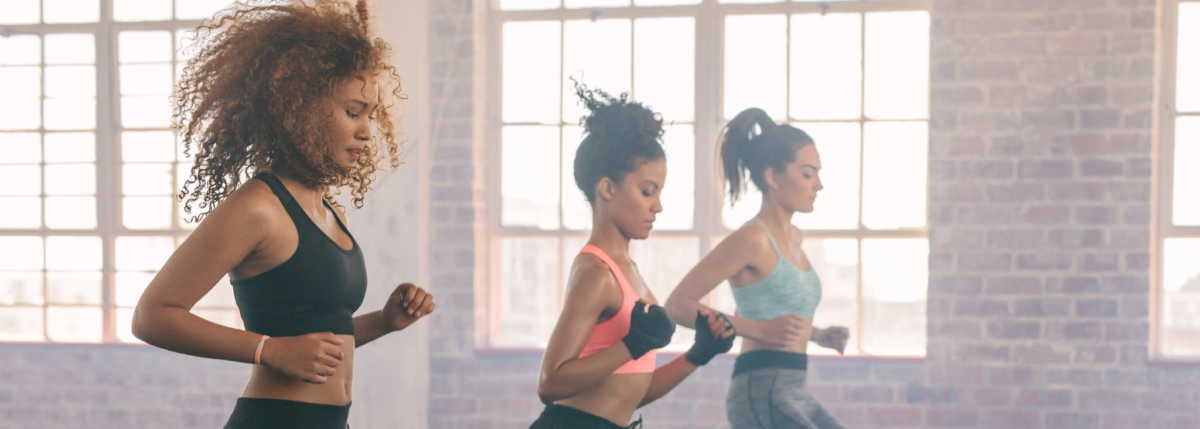Ramp Up Your Exercise Performance
Editor’s note: This content was originally produced by JDRF, shared here as part of the JDRF – Beyond Type 1 Alliance. You can find more valuable content about exercising with T1D in JDRF’s exercise guide.
There are successful athletes with type 1 diabetes in every sport, from cross-country cyclists to Olympic body-builders, to pro basketball players and hockey players. People with type 1 diabetes (T1D) can do it all and so can you.
If you’re looking to ramp up your physical performance, either for a major event or just to meet a personal goal, here are some tips and tricks to help you get there.
The key? Little things can make a big difference.
Blood Sugar Levels
Glucose control in particular can have major effects on peak strength, stamina, speed and agility. It’s best to aim for a pre-activity blood glucose in the range of 5.6-10 mmol/L100-180 mg/dL.
Keeping blood glucose levels below 10.0 mmol/L180 mg/dL throughout the day is helpful for maintaining good hydration and energy levels. A continuous glucose monitor (CGM) can be helpful for athletes because it allows users to see not only current blood glucose levels but also the direction blood glucose levels are heading.
To gain a deeper understanding of your personal patterns, log your workouts using a personal diary or a diabetes-friendly mobile app. See how your blood glucose levels change during and after activity, and how the trends change over time.
When it comes to the day of a race or competition, things can sometimes be a bit unpredictable. Blood glucose levels that normally fall may rise, and vice versa. As a result, it’s important to remain flexible with your strategies, to monitor blood glucose levels more frequently, and to be prepared to handle any situation with time to spare.
Nutrition
Nutrition planning is important for everyone, but especially for athletes with diabetes.
Drink plenty of fluids throughout the day (more if you’re in hot or humid weather). The fluid can either contain carbohydrates or be carbohydrate-free, depending on your blood glucose levels and energy needs.
Be sure to include adequate amounts of protein in your diet. In general, for those following a balanced meal plan, special supplements are not necessary although people with T1D who are following certain diets might benefit from additional vitamins. For example, those on a strict vegan diet may benefit from vitamin B12 and iron supplementation.
Carbohydrate intake is important for good athletic performance and there are risks associated with very low carbohydrate diets for people with T1D, including elevated ketone levels and vitamin deficiencies. That said, carbohydrate loading, which is where you purposefully consume carb-rich meals before major physical exertion is typically unnecessary and can make overall glucose control a challenge. In general, moderate carbohydrate intake is best for individuals who perform regular physical activity.
Some athletes find caffeine helpful, because it can boost performance a little and limit drops in blood glucose levels.
Rest & Recovery
After physical exertion, it’s time for the body to recover. During the recovery phase, consider a snack containing a 2:1 ratio of carbs to protein, such as milk or yogurt.
Continue to hydrate well after your workout and try to get to sleep at a reasonable hour. Most adults need seven to eight hours of sleep each night to function well; children typically need 8-10 hours.
Learn more about ramping up your athletic performance in the video below!










